🧭 Introduction — Why Cheese Aging Is an Art Form

Cheesemaker arranging aged cheese wheels in a rustic cellar, showing the artistry and craft behind the aging process.
Cheese, at its core, is a living, breathing creation — one that transforms over time in ways both mysterious and magnificent. From a simple blend of milk, salt, and culture, something extraordinary emerges: a food that carries the scent of the cellar, the patience of months (or even years), and the unmistakable signature of time itself.
Just as wine deepens in flavor with age or wood matures into fine oak, cheese evolves — its flavor intensifies, its texture changes, and its personality matures. The process is both science and poetry: enzymes quietly break down proteins and fats, while natural bacteria and molds sculpt aroma, color, and taste.
Step into any traditional cheese cellar, and you’ll sense the artistry at play — the earthy aroma, the soft echo of wheels being turned, the cool damp air nurturing flavor. Every wheel tells its own story, shaped by its maker, its environment, and above all, time.
⏳ Aging isn’t just a phase in cheese making — it’s the soul of the craft. Time doesn’t merely pass; it paints, refines, and perfects.
In this exploration of the art of aging cheese, we’ll uncover how time, temperature, and care work together to create the incredible range of flavors and textures that define the world’s most beloved cheeses.
If the world of cheese has inspired your appetite for culinary discovery, you’ll find even more to explore at Book of Foods — a blog dedicated to the art of cooking, flavor, and creativity in the kitchen. From comforting classics to inventive new recipes, it’s a place where passion meets plate — and where every bite tells a story.
🧬 The Science Behind Cheese Aging
 Close-up of aged cheese showing detailed texture and natural mold, symbolizing the science and microbiology behind cheese aging.
Close-up of aged cheese showing detailed texture and natural mold, symbolizing the science and microbiology behind cheese aging.
Behind every aged cheese lies a quiet, beautiful collaboration between nature and science. Once a cheese is formed — curds pressed, salted, and shaped — the true magic begins. This stage, known as affinage, is where the transformation unfolds. It’s not simply storage; it’s evolution in slow motion.
During aging, enzymes, bacteria, and time work together to reshape the cheese from the inside out.
Let’s break it down 👇
🔬 1. Enzymes — The Silent Sculptors
Enzymes are nature’s microscopic artists. They break down proteins into amino acids and fats into aromatic compounds — the very essence of flavor and aroma.
-
Protein breakdown gives aged cheeses their umami depth and savory sharpness.
-
Fat breakdown produces buttery, nutty, or even caramel-like notes in varieties like Gouda and Parmesan.
🧀 Enzymes don’t rush — they refine. The slower they work, the deeper the flavor becomes.
🧫 2. Bacteria — The Flavor Architects
Good bacteria (like Lactobacillus and Propionibacterium) are the architects of complexity.
They release gases, acids, and compounds that create holes, tanginess, and personality in the cheese.
-
In Swiss cheese, bacteria form bubbles that become signature “eyes.”
-
In Brie, surface bacteria help form a delicate, creamy rind.
Each strain contributes something unique — shaping texture, aroma, and even color.
🌡️ 3. Temperature and Humidity — The Rhythm of Aging
The environment where cheese rests — cool, humid, and controlled — dictates how gracefully it matures.
Too dry, and the cheese cracks. Too warm, and it spoils.
Affineurs (cheese-aging specialists) carefully monitor conditions, turning wheels regularly to ensure even aging and moisture distribution.
🕰️ Cheese doesn’t just age — it breathes, adapts, and grows.
🧠 4. Time — The Master Artist
Time ties all these forces together.
Weeks create mellow, creamy cheeses; months and years create bold, crystalline, deeply flavored masterpieces.
Every passing day allows enzymes and microbes to continue their slow, transformative work — deepening the story within each wheel.
What begins as fresh curd emerges months later as something entirely new — alive, complex, and layered with the fingerprints of science, craftsmanship, and patience.
⚗️ In the art of cheese aging, science provides the structure — but time gives it soul.
🕰️ Time as the Ultimate Ingredient
 Aging cheese wheels on wooden shelves with a soft clock in the background, representing how time shapes cheese flavor and texture.
Aging cheese wheels on wooden shelves with a soft clock in the background, representing how time shapes cheese flavor and texture.
In the world of cheese, time isn’t just a measure — it’s an ingredient in its own right.
It’s the unseen hand that shapes the body, soul, and spirit of every wheel. What begins as a soft, mild, youthful curd slowly matures into a complex, character-filled masterpiece, each passing week adding a new layer of depth.
Time changes everything: the aroma becomes bolder, the texture shifts, and flavors evolve from subtle to symphonic.
🧈 Fresh and Young Cheeses — The Taste of Simplicity
Fresh cheeses like ricotta, mozzarella, or burrata are aged for only a few days — or not at all.
They capture the pure taste of milk, with delicate sweetness and creamy texture.
Soft, moist, and mild, these cheeses celebrate immediacy — a fleeting moment of freshness before time steps in.
🌼 Fresh cheese is like spring — soft, pure, and full of light.
🧀 Aged Cheeses — The Power of Patience
Now compare that to cheeses aged for months or years: sharp cheddar, nutty Gruyère, crumbly Parmesan, or rich Manchego.
Time draws out moisture, intensifying flavor and firming the texture.
What was once tender becomes resilient, layered, and bold — a story told in salt crystals and aromatic complexity.
⏳ Each month adds another note to the melody — from creamy to tangy, from mellow to magnificent.
🔄 The Balance Between Youth and Maturity
Not all cheeses aim for the same destination.
Affineurs — the masters of aging — decide when each wheel has reached its perfect moment.
Too little time, and flavor hasn’t awakened; too much, and sharpness can overwhelm.
It’s a dance between patience and intuition — the art of knowing when to stop the clock.
Time doesn’t just age cheese — it refines it.
Every second spent in quiet darkness brings transformation, turning simple ingredients into edible art.
🧱 The Environment — Temperature, Humidity & Storage
 Cheese aging cellar with rows of wooden shelves holding cheese wheels in cool, humid conditions, showing how the environment shapes cheese maturation.
Cheese aging cellar with rows of wooden shelves holding cheese wheels in cool, humid conditions, showing how the environment shapes cheese maturation.
If time is the soul of aging cheese, then the environment is its heartbeat.
Inside every cheese cave — whether a centuries-old stone cellar or a modern climate-controlled chamber — the air hums with quiet precision. The temperature, the moisture, even the bacteria floating invisibly in the air — all play a role in shaping the cheese’s destiny.
This is where affinage, the art of aging, truly begins to breathe.
🌡️ Temperature: Slow and Steady Wins the Race
Cheese ages best at cool, stable temperatures — typically between 50°F and 55°F (10–13°C).
Too warm, and it ripens too quickly; too cold, and fermentation slows to a crawl.
Affineurs carefully regulate temperature to guide each wheel toward its unique potential.
🧊 Like a slow simmer, perfect aging happens when warmth and patience meet in harmony.
💧 Humidity: The Secret to Texture and Flavor
Moisture is the invisible sculptor of texture.
-
High humidity (85–95%) keeps rinds supple and prevents the cheese from drying out too quickly.
-
Lower humidity encourages firmer textures and concentrated flavors.
Too much dryness, and cracks form; too much moisture, and mold overruns the surface.
Affineurs adjust air circulation daily, creating the ideal microclimate for each variety — from creamy Brie to crystalline Parmesan.
💨 Every wheel breathes with the rhythm of its environment — alive, evolving, and delicate.
🧱 The Cheese Cave: Tradition Meets Science
The romantic image of a stone-walled cheese cave still holds true in artisan cheesemaking.
But in modern production, “caves” are often temperature- and humidity-controlled rooms — sterile yet precise environments that mimic natural ones.
Whether ancient or advanced, these spaces serve one purpose: to let nature do its finest work, uninterrupted.
🌿 Inside these walls, silence and patience create what recipes alone never could.
🧀 Turning, Brushing, and Care
Cheese wheels aren’t left alone to age in peace. They’re turned, brushed, and sometimes washed with brine, beer, or wine to encourage specific bacteria or molds.
Each motion adds subtle layers of character — and keeps the cheese from aging unevenly.
✋ Every wheel of cheese carries the fingerprints of its caretaker.
🧂 The Role of Rind and Mold
 Close-up of assorted cheese rinds showing natural molds and textures, illustrating how surface microbes shape flavor and character.
Close-up of assorted cheese rinds showing natural molds and textures, illustrating how surface microbes shape flavor and character.
The first thing you notice about a cheese — before the aroma, before the flavor — is its rind.
That thin, often textured layer is more than a protective skin; it’s a living ecosystem, a microcosm of bacteria, yeast, and molds working together to shape the cheese beneath.
In cheesemaking, the rind isn’t just decoration — it’s transformation.
🌿 The rind tells the story of where the cheese has been, how it has breathed, and how long it has lived.
🧀 The Birth of the Rind
As young cheese rests in the cave, its surface begins to change.
Moisture, air, and microbes interact, creating the first signs of rind formation.
Affineurs often brush, wash, or salt the exterior to encourage certain bacteria and discourage others. Over weeks or months, that surface becomes firm, fragrant, and alive — a sign that the cheese is maturing beautifully.
✋ A rind is like a fingerprint — no two are ever the same.
🍶 Types of Rinds and Their Roles
Each rind tells a different flavor story:
-
Natural Rind — aged in open air, forming rough, rustic crusts (think Tomme or aged Cheddar).
-
Bloomy Rind — covered in soft, white mold like Penicillium candidum, giving cheeses like Brie and Camembert their velvety, edible coats.
-
Washed Rind — bathed in brine, wine, or beer, encouraging orange-hued bacteria (Brevibacterium linens) that produce bold, earthy aromas (Epoisses, Taleggio).
-
Waxed Rind — sealed to protect the cheese from moisture loss, keeping the interior creamy and mild (like Gouda).
Each type of rind contributes not just protection — but flavor. Some invite oxygen in, developing tangy, earthy notes; others lock moisture inside, preserving smoothness and subtlety.
🧫 Mold: Nature’s Flavor Artist
To some, mold sounds unappetizing — but in the world of cheese, it’s pure alchemy.
Blue cheeses like Roquefort or Gorgonzola are pierced with tiny needles to let oxygen in, allowing Penicillium roqueforti to grow and create those iconic blue veins and bold, salty flavors.
These molds release enzymes that transform fat and protein into rich, complex compounds — giving aged cheeses their distinct aromas, from nutty and buttery to pungent and powerful.
🧬 Mold is the brushstroke; the rind is the canvas.
🧠 Edible or Not?
While many rinds (like those on Brie or Camembert) are delicious, others are better left uneaten — particularly thick natural rinds or those coated in wax.
Still, even when not eaten, the rind is essential — it’s the gatekeeper of aging, protecting and flavoring the cheese within.
A cheese’s rind is its story written in texture and color — proof that nature, given time and care, creates perfection in the most unexpected forms.
✨ In every rind lies the memory of air, touch, and time — a quiet collaboration between human hands and nature’s invisible artistry.
🧀 Flavor Evolution — From Young to Mature
 Assortment of cheeses arranged from soft and fresh to firm and aged, showing how flavor and texture evolve over time.
Assortment of cheeses arranged from soft and fresh to firm and aged, showing how flavor and texture evolve over time.
Cheese, like people, grows wiser with age.
What begins as soft and innocent develops complexity, intensity, and soul. The longer it matures, the more time reshapes its flavor, aroma, and texture — a living reflection of patience and chemistry at work.
From creamy and sweet to nutty, bold, and crystalline, every stage of cheese tells a different story.
🍼 Young Cheeses — Fresh, Mild, and Creamy
Young cheeses, aged for only days or weeks, are soft and moist.
Their flavors are light, milky, and gentle — a reminder of their origins.
Think mozzarella, ricotta, or young goat cheese: tender, spreadable, and subtly tangy.
These cheeses have higher water content and minimal fat breakdown, which means their flavor is bright and short-lived — like spring after rain.
🌼 Fresh cheese is a whisper of milk and simplicity.
🌿 Middle-Aged Cheeses — Balanced and Expressive
At a few months old, cheeses like Havarti, young Gouda, or mild Cheddar begin to develop body and depth.
Their texture firms slightly, flavors grow richer, and faint nuttiness appears.
The once-sweet aroma now carries hints of grass, butter, and salt — the first signs of personality emerging.
🧈 This is the moment when cheese finds its voice.
⏳ Aged Cheeses — Bold, Complex, and Deeply Satisfying
After 6 months, a year, or even several years, time becomes flavor’s greatest ally.
Aged cheeses like Parmigiano-Reggiano, Comté, and sharp Cheddar lose moisture, concentrate flavor, and form crystalline textures that crunch softly with each bite.
Their aromas intensify — nutty, earthy, caramelized — sometimes with sharp tangs or smoky undertones.
Every bite feels like a story that took months to write.
🕰️ Age doesn’t just change taste — it reveals truth.
🧩 Texture Tells the Tale
-
Soft cheeses melt on the tongue — smooth, creamy, and young.
-
Semi-soft varieties stretch and flex, balancing moisture and maturity.
-
Hard cheeses break and crumble, revealing salt crystals and intensity.
Texture, like flavor, is time made visible.
Each cheese carries its own rhythm of evolution — some reach perfection in weeks, others in years. But no matter the type, time remains the quiet composer behind every note of taste.
🎵 Flavor is time made delicious.
👨🍳 How Cheesemakers Control the Process
 Artisan cheesemaker brushing and turning cheese wheels in a cellar, showing the hands-on process of aging and care.
Artisan cheesemaker brushing and turning cheese wheels in a cellar, showing the hands-on process of aging and care.
Aging cheese may sound like a waiting game — but in truth, it’s a delicate dance between science, instinct, and craftsmanship.
Behind every wedge of perfectly aged cheese is a cheesemaker or affineur, the caretaker who monitors, adjusts, and guides each wheel as it matures.
Their goal? To let time do its work — but never without direction.
🧭 The Affineur: Guardian of Time
An affineur (from the French affiner, “to refine”) is part scientist, part artist, and part patient observer.
They oversee temperature, humidity, airflow, and handling — but their greatest tool is intuition.
No machine can replace the sense of smell, sight, and touch that tells an affineur when a cheese is truly ready.
✋ A skilled affineur listens to cheese the way a conductor listens to music — guiding, never forcing.
🔁 Turning and Brushing: The Ritual of Care
Cheese wheels are rotated regularly — sometimes daily — to ensure even aging and moisture distribution.
Some are brushed to remove unwanted mold; others are washed with saltwater, beer, or wine to encourage specific bacterial growths that build flavor and aroma.
Every movement counts.
A light brush here, a flip there — the cheese responds to every gesture.
🧂 Cheese aging is choreography — quiet, repetitive, and filled with meaning.
🧫 Controlling Microbes — The Art of Balance
Affineurs cultivate the right microorganisms on each cheese’s surface.
Too much humidity? Mold spreads too fast. Too little? The rind dries and cracks.
Through subtle adjustments, they maintain equilibrium — keeping the microbial life vibrant but harmonious.
🌿 In every cave, there’s a living ecosystem — and the affineur is its steward.
⏳ Knowing When It’s Ready
There’s no timer for perfection.
Affineurs rely on experience: tapping the rind, feeling the density, smelling the aroma deep within the wheel.
When flavor, texture, and aroma align — when time, temperature, and touch meet in harmony — they know it’s time to stop the clock.
🧀 Cheese doesn’t tell time — it tells readiness.
Behind every perfectly aged cheese lies years of knowledge passed through generations. It’s not mass production — it’s mentorship, patience, and artistry in its most tangible form.
💫 Cheesemakers don’t just age cheese — they raise it.
🍷 Pairing and Enjoying Aged Cheese
 Assorted aged cheeses with wine, fruits, and nuts on a rustic board, representing the art of pairing and savoring aged cheeses.
Assorted aged cheeses with wine, fruits, and nuts on a rustic board, representing the art of pairing and savoring aged cheeses.
After months — or even years — of care, the real reward of cheese aging comes in the tasting.
Each aged cheese is a masterpiece of flavor, and how you serve and pair it can either elevate or mute its brilliance.
The goal is simple: create harmony between the cheese’s flavor, texture, and aroma and the foods or drinks that accompany it.
🧀 Aged cheese isn’t just eaten — it’s experienced.
🧂 Serving: Let the Cheese Breathe
Before tasting, remove cheese from the fridge about 30–60 minutes early.
At room temperature, fats soften and volatile aromas bloom — revealing the cheese’s true personality.
Cut gently, preserving structure:
-
Soft cheeses (Brie, Camembert) — slice like a cake to keep rind and center balanced.
-
Hard cheeses (Parmesan, aged Gouda) — break naturally into shards to show texture.
🌬️ Cheese, like wine, needs a moment to inhale before it speaks.
🍇 Pairing with Fruits, Nuts & Honey
Aged cheeses love contrast:
-
Salty meets sweet: Parmesan or blue cheese with figs, pears, or honey.
-
Nutty harmony: Gruyère or aged Cheddar with almonds or walnuts.
-
Fresh balance: Brie or goat cheese with apple slices or grapes.
Textures matter — crisp fruit and crunchy nuts highlight the dense creaminess of aged cheese.
🍷 Pairing with Wine & Drinks
Wine and cheese are old companions, but the secret is balance.
-
Aged hard cheeses: Pair with bold reds like Cabernet Sauvignon or Chianti.
-
Soft, bloomy cheeses: Go with creamy whites or sparkling wines — Champagne, Chardonnay.
-
Blue cheeses: Sweet wines like Port or Sauternes create a perfect sweet-salty harmony.
-
Washed-rind cheeses: Earthy beers or dry ciders highlight their savory character.
🍾 The right drink doesn’t overpower cheese — it completes it.
🧺 Building a Cheese Board
Mix textures, flavors, and ages:
A creamy Brie, a semi-soft Gouda, a firm Comté, and a bold blue make the perfect range.
Add fresh fruit, honey, toasted nuts, and rustic bread for balance and beauty.
🎨 A cheese board is a portrait of patience — color, texture, and time on display.
Savor slowly. Notice how the flavor blooms, lingers, and fades — how a salty edge gives way to sweetness, how nutty depth melts into creaminess.
Every taste is a story of time, care, and nature’s quiet brilliance.
🌿 When you savor aged cheese, you’re tasting months — even years — of craftsmanship in a single bite.
🌿 The Beauty of Imperfection — Natural Aging and Uniqueness
 Aged cheese wheels with natural cracks and varied rinds on wooden shelves, symbolizing the beauty of imperfection and unique aging.
Aged cheese wheels with natural cracks and varied rinds on wooden shelves, symbolizing the beauty of imperfection and unique aging.
In a world obsessed with uniformity, cheese reminds us that perfection is rarely perfect.
No two wheels age the same way. Even when made from the same milk, shaped by the same hands, and aged in the same room — subtle variations in temperature, humidity, and microbial life make each cheese entirely unique.
🧀 Cheese, like people, carries the marks of its environment and its journey.
🌾 Nature’s Hand in Every Wheel
Aged cheese is alive — breathing, shifting, and reacting to the world around it.
As time passes, the rind may crack, molds may bloom in new patterns, and aromas evolve unpredictably. These are not flaws — they are the fingerprints of nature’s artistry.
-
A touch of extra humidity might bring a deeper nuttiness.
-
Slight airflow differences can alter color or aroma.
-
Even the season when the milk was collected can change flavor dramatically.
🌬️ In each imperfection lies a whisper of the place and moment it came from.
🧱 Handcrafted, Not Manufactured
Unlike factory-made products, artisan cheeses are shaped by human touch and environmental quirks — not machines.
Affineurs embrace these differences, guiding rather than controlling them.
They know that beauty often lives in the unpredictable: a rind slightly uneven, a texture just a little rough, a flavor more daring than expected.
🖐️ The best cheeses aren’t flawless — they’re fearless.
🧘 Patience and Acceptance
Aging cheese teaches patience — and acceptance.
It’s a process that resists haste and demands trust in time itself. The cheesemaker must allow nature to do what it does best, surrendering control while still caring with precision.
⏳ In imperfection lies authenticity. In patience lies perfection.
Every aged cheese carries a story — of the cow, the pasture, the hands that shaped it, and the cave that nurtured it.
Those cracks, crystals, and earthy scents are reminders that true beauty is rarely symmetrical, but always sincere.
🌿 Cheese doesn’t chase perfection. It becomes it — slowly, naturally, and beautifully.
💡 Summary & Takeaway
Cheese aging — or affinage — is far more than the passing of time.
It’s an art form where science meets soul, where enzymes and microbes become painters, and where patience turns milk into poetry.
Every wheel of aged cheese tells a story — of its maker, its environment, and the months or years it spent evolving in quiet darkness. Its flavors are born not from speed or control, but from trust, imperfection, and time itself.
🕰️ What We’ve Learned
-
Time is the true artist. It deepens flavor, texture, and character with every passing day.
-
Environment shapes destiny. Temperature, humidity, and touch guide each cheese’s personality.
-
Rind and mold are nature’s brushes. They color and flavor cheese in ways no recipe could replicate.
-
Imperfection is beauty. No two cheeses age alike — and that’s what makes them extraordinary.
Aging cheese teaches us patience, respect for process, and the value of waiting for flavor to bloom naturally.
It’s a delicious reminder that the best things in life — whether food, art, or wisdom — cannot be rushed.
🧀 In cheese, time doesn’t pass — it creates.
So the next time you savor a crumbly, aged cheddar or a perfectly veined blue, pause for a moment.
You’re not just tasting cheese — you’re tasting months of care, centuries of tradition, and the quiet miracle of transformation.



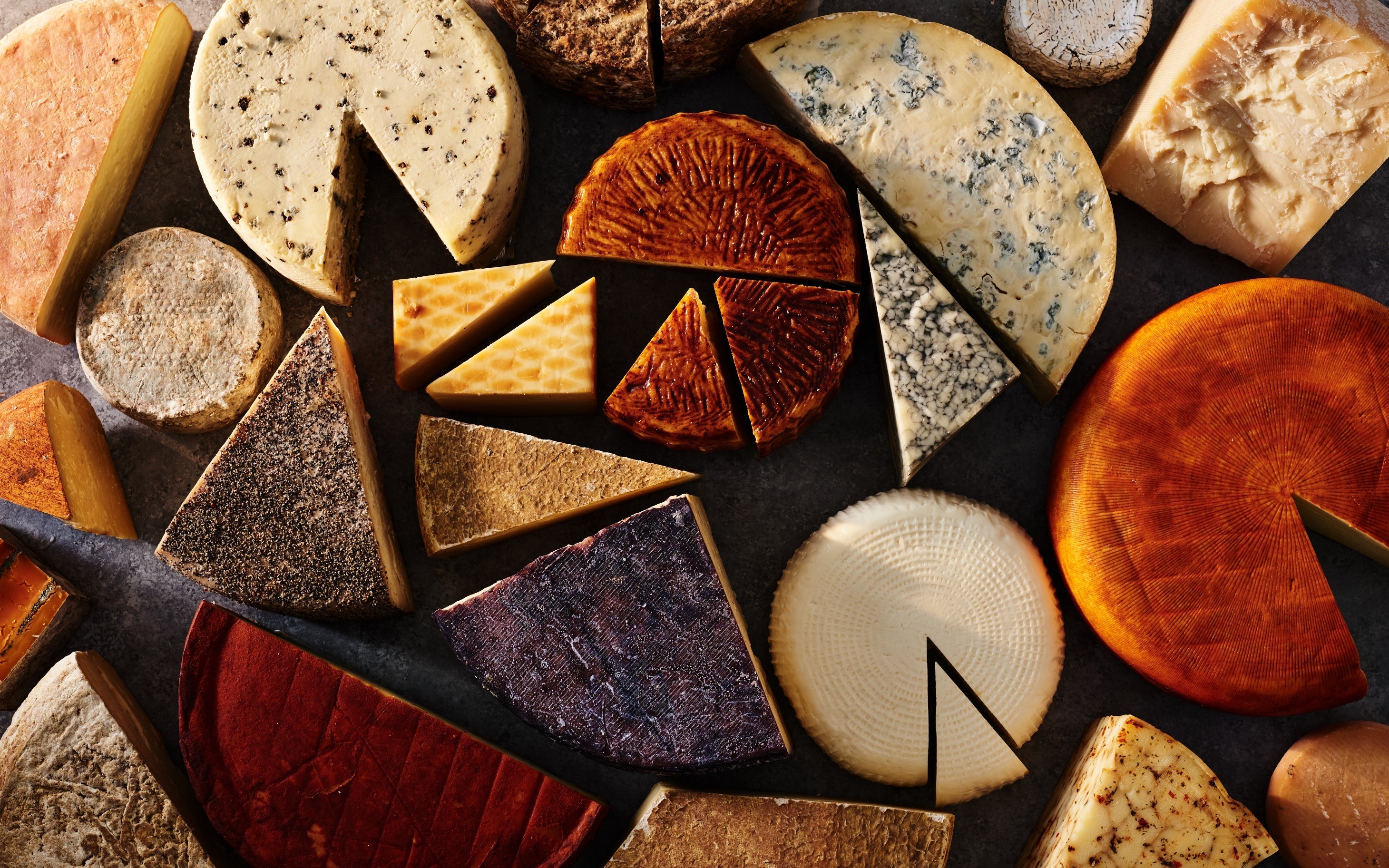



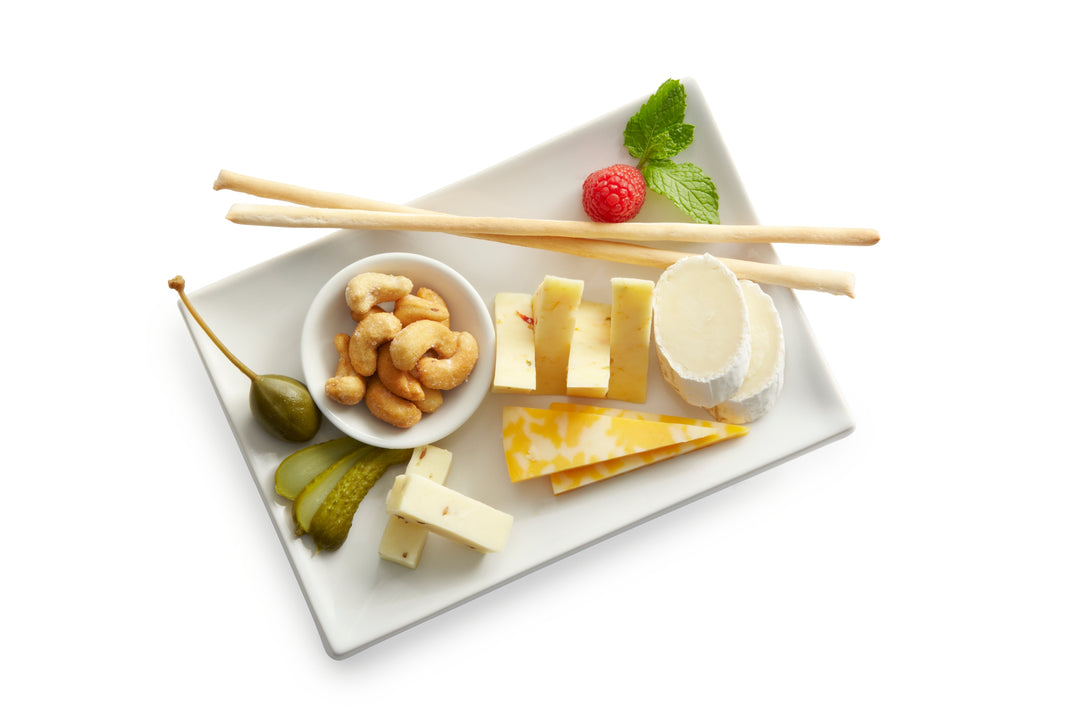
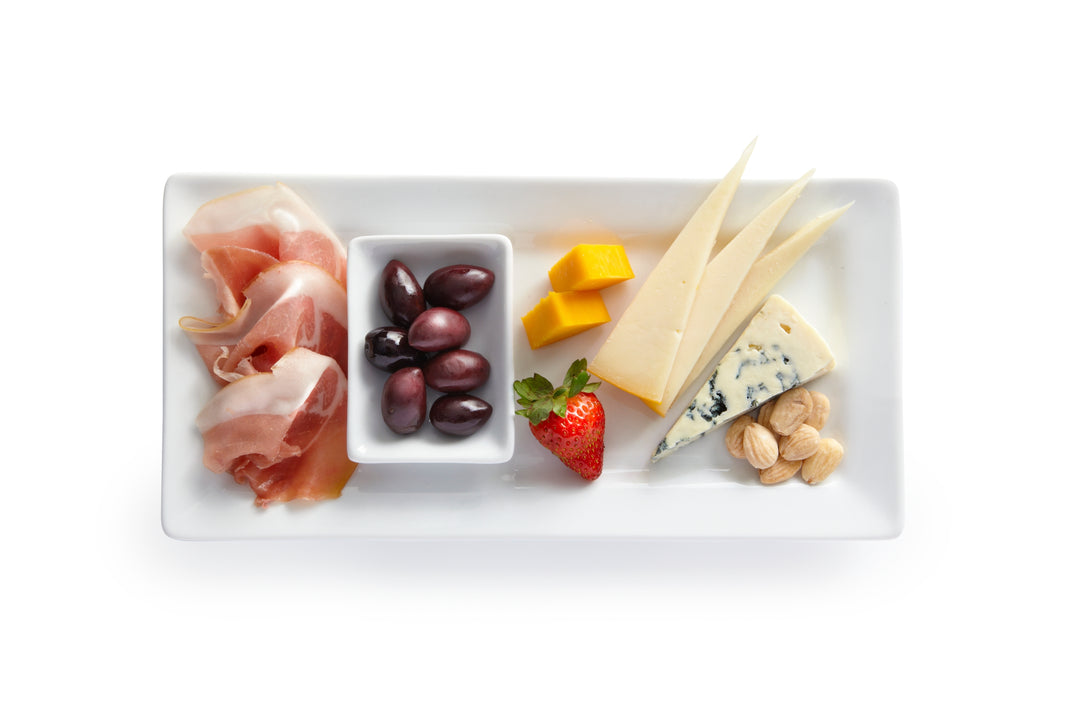
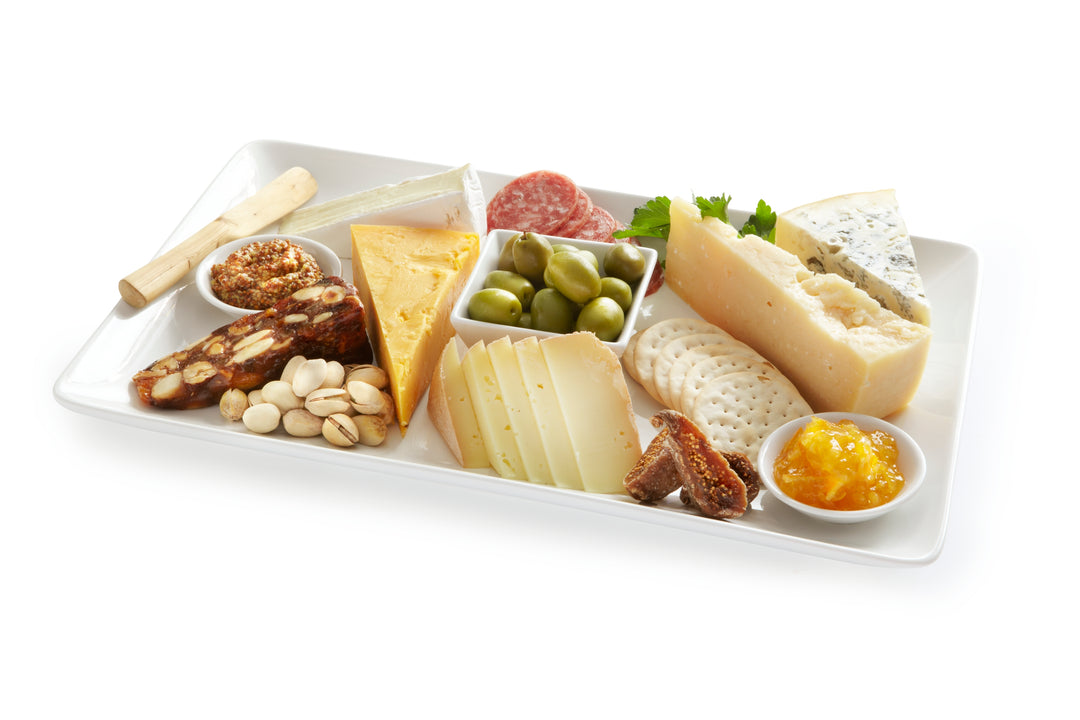
Leave a comment